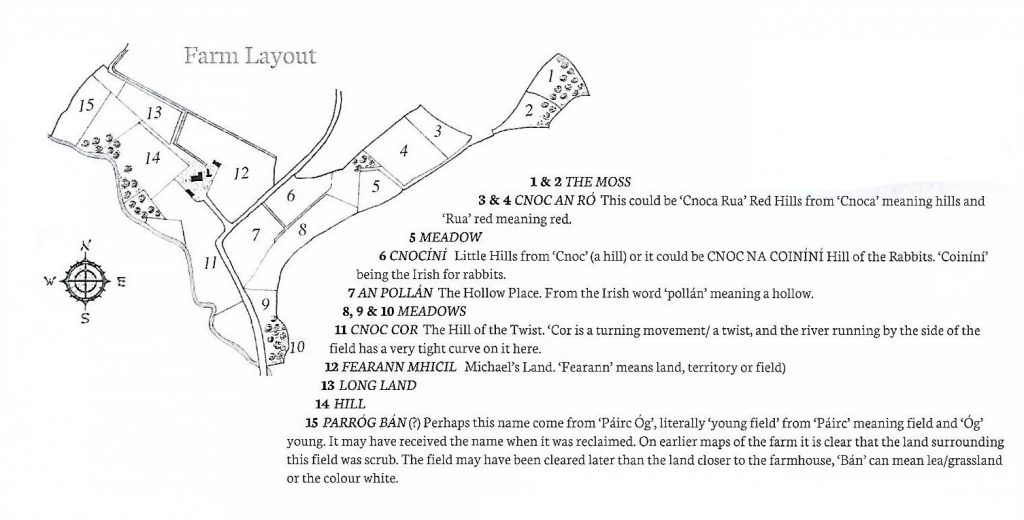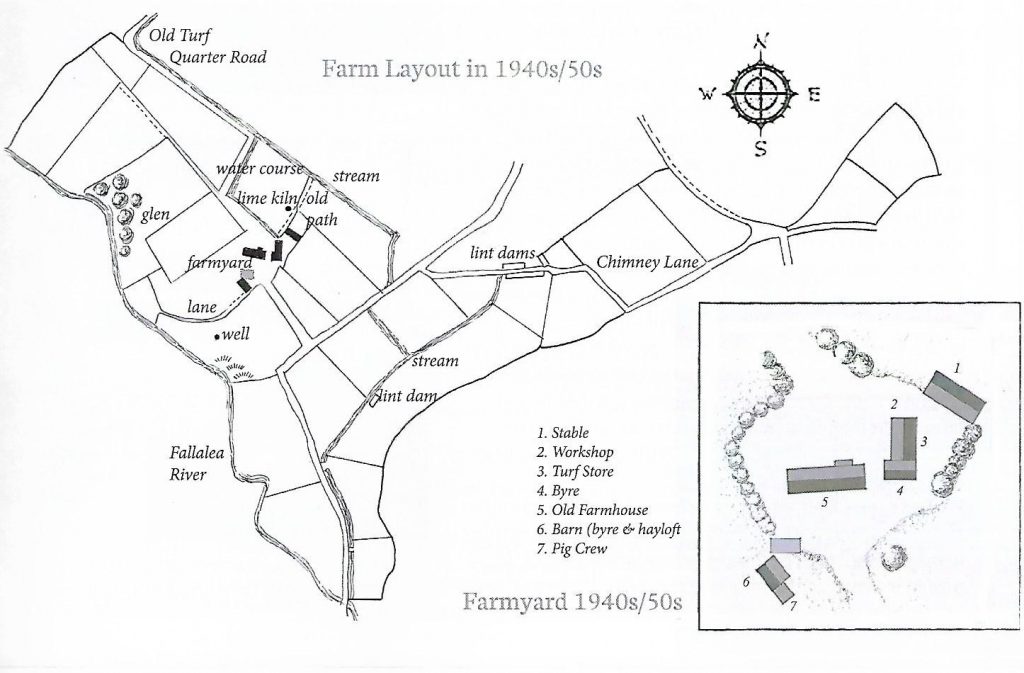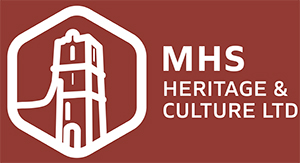Biography:
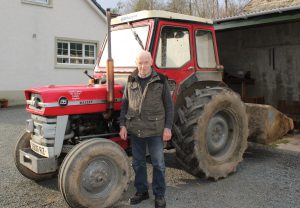
I was born in the early 1940s and grew up helping on the farm. I was always interested in farming, even from an early age, and was glad to spend my life working in it. There were six children in the family and my twin brother and myself were the youngest. Because there are so many Converys we all have nicknames – I’m known as Charlie the Hollow, even though I live on a hill. There is another family not far from here and they were known as Convery’s of the Hill though their ground was lower than ours.
Description of farm at 11 Fallalea Road:
The farm I was brought up on was about twenty acres. Now we farm about 100 acres. The farm is classed as LFA (Less FavouredArea). That means it is more hill than lowland. We are just sheep
and cattle now. We grow grass and make silage but very seldom have time to grow crops. There were lint dams in one of the fields but they have all been filled up. There was also a lime
kiln, and going back years they would have burnt lime there to spread on the fields.
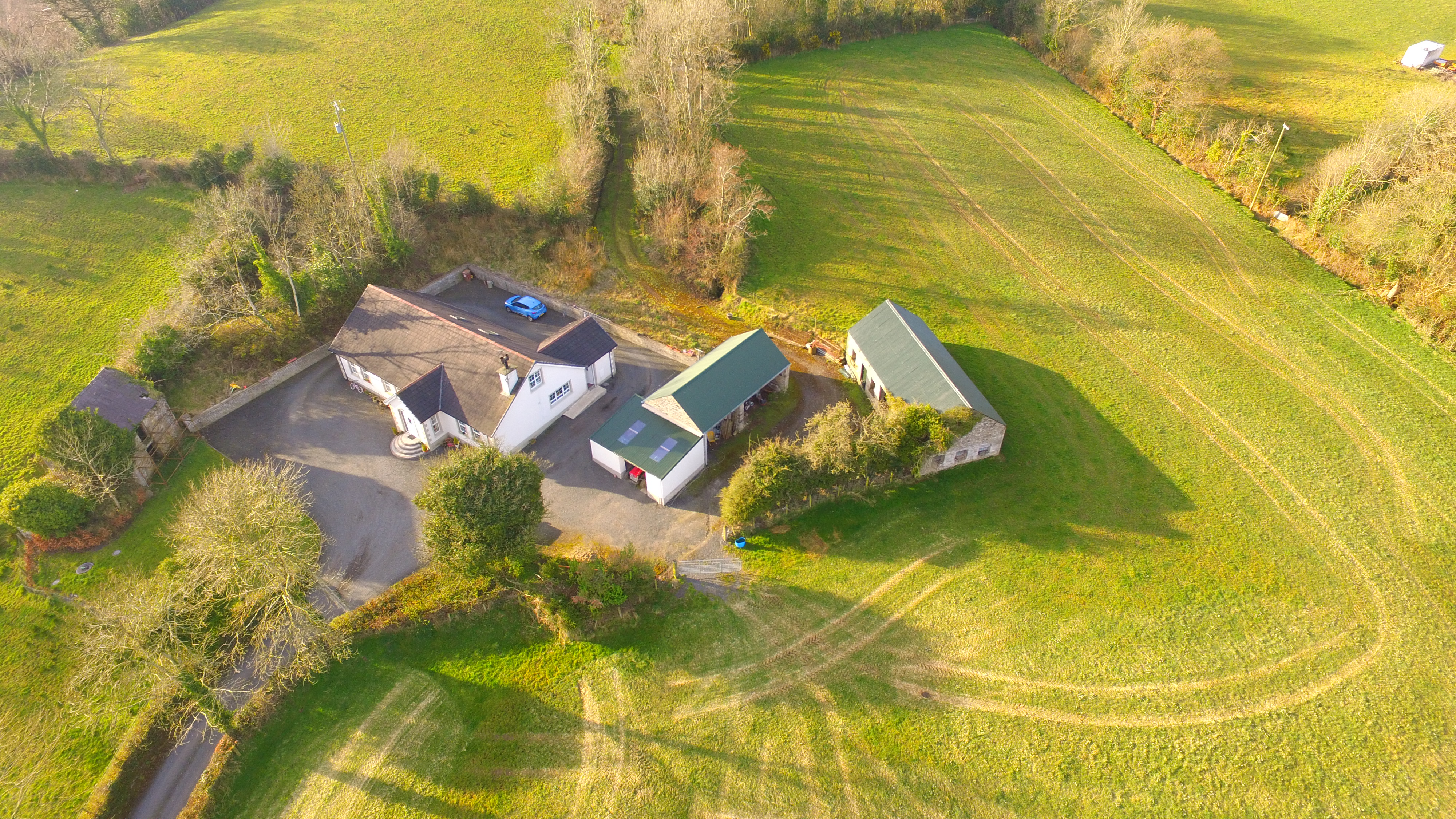
My father and grandfather grew potatoes and oats, or corn as it was called, and grasseed. The grasseed would have been grown every year, it was a first hay crop that was threshed and the seed taken off it. We used to grow a little lint, not much, it was just dying out at the time and that would have been the middle ‘50s I think. We would keep the corn for feeding the cows and the chickens. The potatoes we didn’t use would be sold to merchants in Maghera, J C McKinney, Bob Armour &
Harry Canning. We had cows, calves, pigs and chickens. We had our own sows and a boar. They were kept, fed and fattened until they were ready for slaughter. When the pigs were killed they went to McKinney’s or Noone’s in Maghera. The cows were milked, and the milk used for feeding the calves and for churning to make the butter. The cows were mostly Shorthorn going back to that time in the early ‘50s and then later we had Aberdeen Angus. We kept them until they were about a year or older and then we sold them as ‘stores’ at the local market. I remember putting one or two on the train one time and they would have gone to the grader in Coleraine.
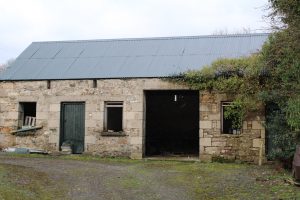
The chickens were free range and then there was the deep litter, where they were kept in over the winter months. We sold the eggs to Hassans of the Glen who had a shop where they sold some of the eggs to customers and the rest would have gone to a processing factory in Derry. We cut turf every year over in Ballyknock Mountain just up the Glenshane pass. The middle of May we would have started to cut the turf. A few weeks afterwards, there was the spreading, turning and the futting. It was hard work and sore on the back getting them dry enough to bring home for the fire.
